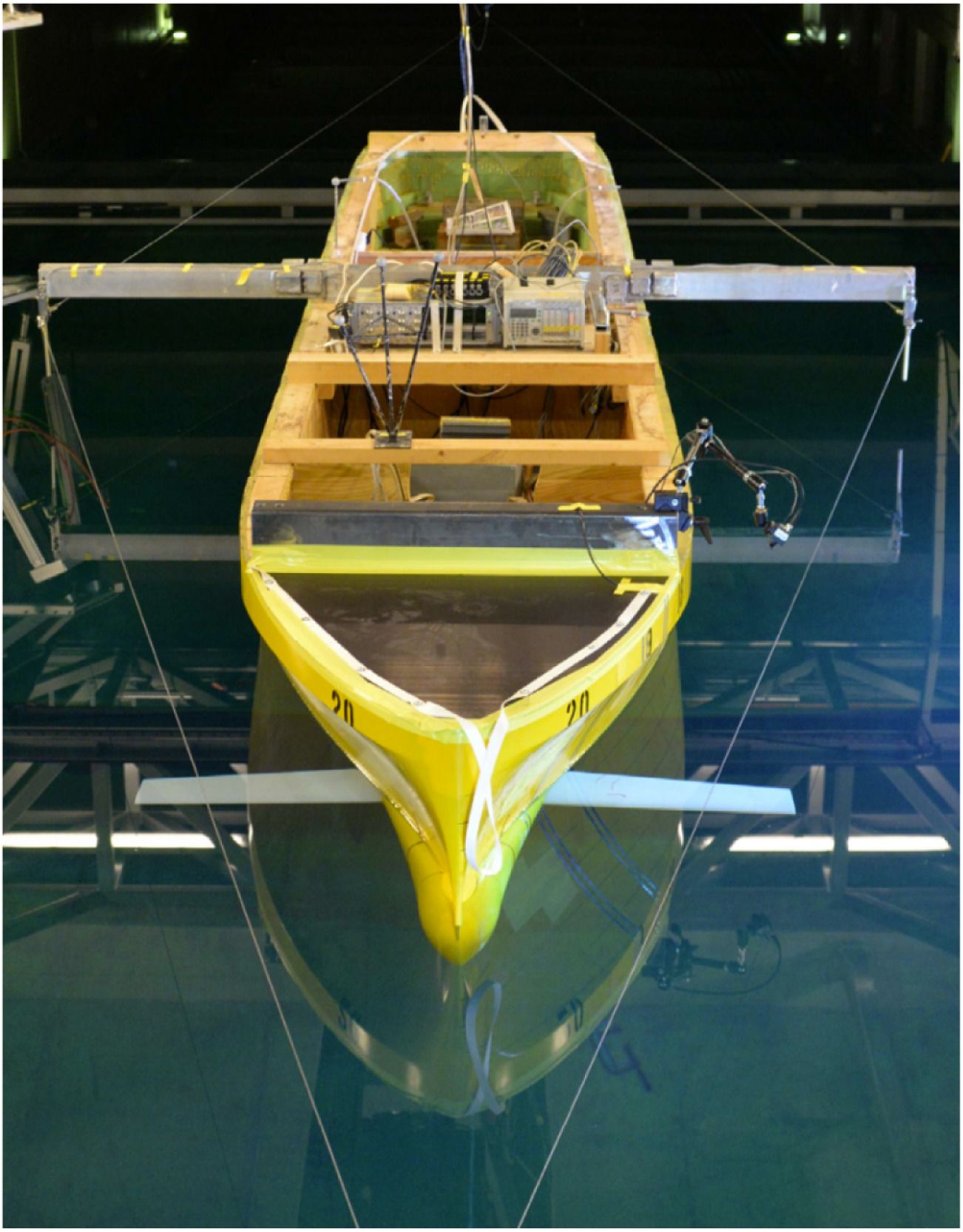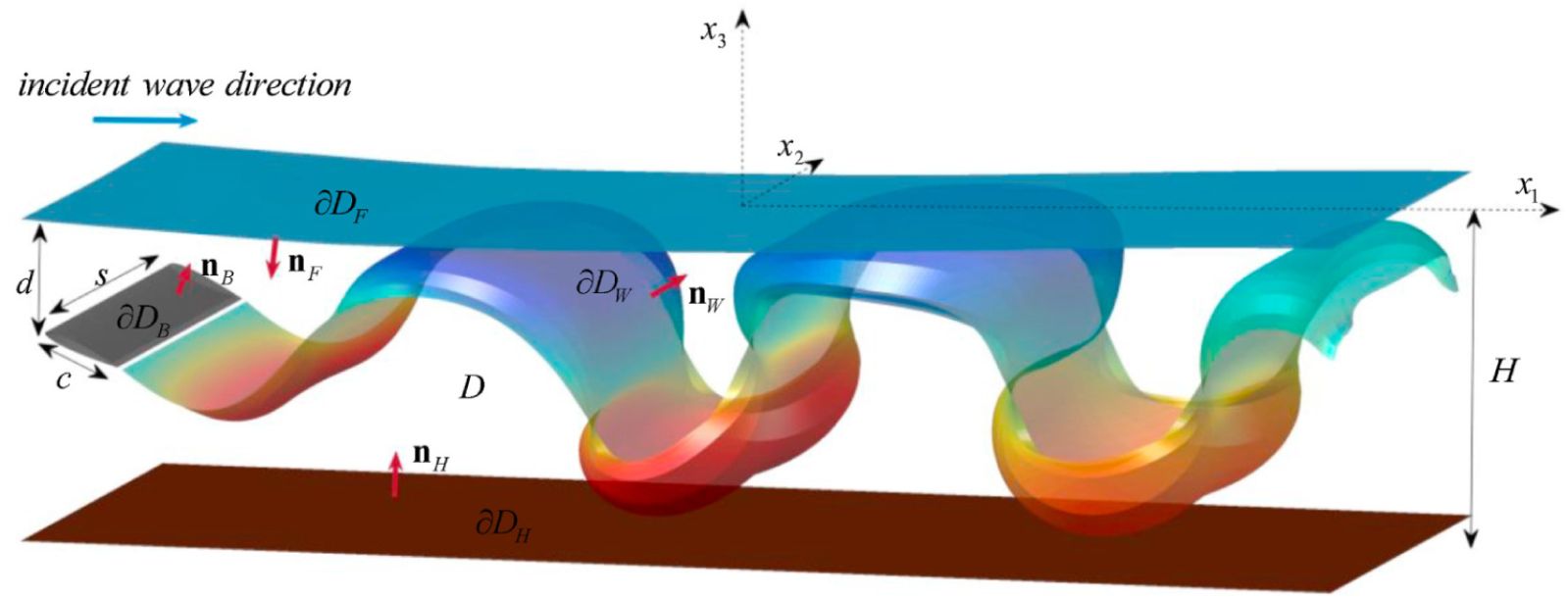This technology harnesses waves to propel ships: a new era for the maritime industry?
Published by Cédric,
Article author: Cédric DEPOND
Source: Renewable and Sustainable Energy Reviews
Other Languages: FR, DE, ES, PT
Article author: Cédric DEPOND
Source: Renewable and Sustainable Energy Reviews
Other Languages: FR, DE, ES, PT
Follow us on Google News (click on ☆)
Researchers at Cranfield University have crafted an innovative method to harness the energy of waves for enhanced thrust. Drawing inspiration from whale fins, this technique employs submerged "flapping foils" to leverage the power of waves and boost the propulsion of vessels.

In a study featured in the journal Renewable and Sustainable Energy Reviews, the team details their examination of the structure and movement of these majestic marine mammals' fins. Their goal was to understand how whales efficiently utilize wave energy for movement. Through extensive simulations and experiments, they have adapted a simplified version of this mechanism for ship propulsion systems.
Wave absorption propulsion holds numerous benefits for the maritime industry, from slashing fuel costs to notably enhancing ship thrust. This eco-friendly technology can be applied to small unmanned vessels and can be integrated into hybrid propulsion systems powered by electricity, hydrogen, or fossil fuels. It also has the potential to contribute to carbon reduction targets and support the maritime industry's sustainable development goals.


Dr. Liang Yang, who leads the research, emphasized the wave absorption propulsion's transformative impact on maritime sustainability. "Our research paves the way for propelling ships with the boundless energy of waves. We aim for a future where carbon reduction goals are met, aligning the maritime industry with sustainable development targets," he stated.
The technology offers a beacon of hope for an industry facing urgent environmental challenges. Maritime transport accounts for 3% of global greenhouse gas emissions, and experts warn that its climate impact could rise dramatically by 2050.
The future of maritime navigation appears bright with this significant innovation. Although large cargo ships cannot currently be fully powered by this technology, its potential for small unmanned vessels and integration into hybrid systems marks a significant leap towards environmentally-friendly navigation.